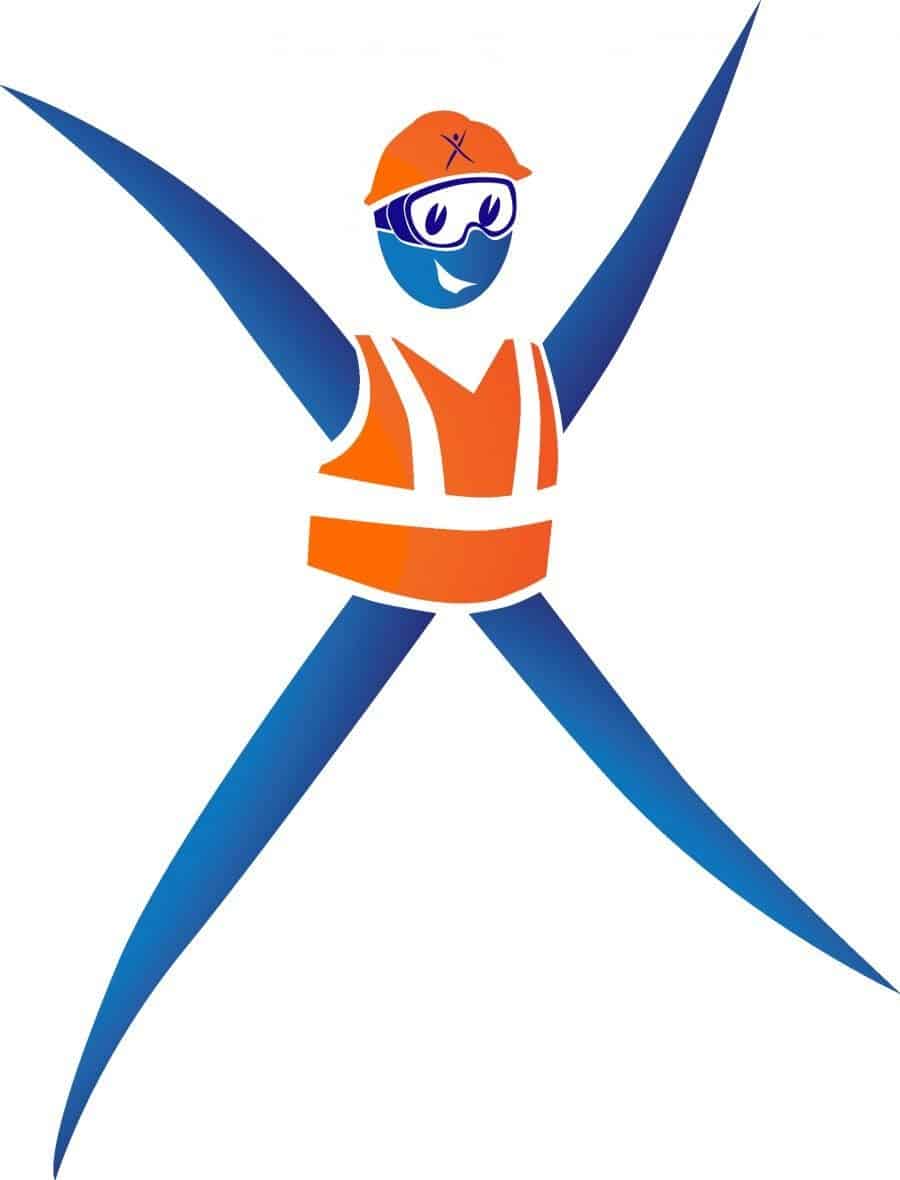Covering the Basics: With the summer months well under way, we can expect concrete pours to take place all over the Central Ohio Area. We all (should) know the required safety precautions to by which OSHA requires us to abide during a concrete pour: gloves, safety glasses, and an eyewash station are all required within 55’ of the work being performed. However, to ensure the wellbeing of our employees and to keep them on the job as long as possible, the bare minimum might not be enough. Let’s look at other safety precautions we can take to keep everyone safe and on the job!
What are Additional Concerns? There are several hazards that can pose a risk to employees working with concrete—be it dry or wet concrete.
How can dry concrete hurt me? Dry concrete can irritate the eyes, nose, throat, and the upper respiratory system. Skin contact may result in ailments ranging from moderate irritation to the thickening/cracking of the skin. The dangers posed by silica—a main component in dry concrete—stretch far beyond the normal risks of everyday work. Employees who are exposed to silica dust for long periods of time can develop silicosis and/or lung cancer.

To prevent employees from the dangers posed by concrete dust, consider the following:
- Flush eyes using a full eyewash station if they encounter concrete dust
- Use soap and water to wash off dust to avoid skin damage
- Wear an N-95 respirator at a minimum, to decrease the inhalation of cement dust
- Eat and drink only in dust-free areas to avoid ingesting cement dust
What about wet concrete? Just because the risk of silica exposure is minimized when working with wet concrete does not mean that wet concrete is ‘hazard-free’. Adverse health effects can result from an over exposure to wet concrete. The guidelines listed below should be followed to reduce these risks when working with wet concrete:
- Wear alkali-resistant gloves, long sleeves and full-length pants, waterproof boots, and eye protection. As a best practice, suggest that foreman/crew leads keep extra gloves and safety glasses onsite during concrete pouring.
- Wash contaminated skin areas with cold water and non-alkaline soap as soon as possible to prevent severe skin damage from chemical burns.
- If you are splashed with wet concrete, use the eyewash station for at least 15 minutes and consider going to the hospital for further treatment.
Poor ergonomics such as improper lifting, awkward postures, and repetitive motions, can lead to sprains, strains, and other musculoskeletal disorders. Employees who regularly work with concrete are all too familiar with the awkward positions that they are forced into by the nature of the work. Consider the following to minimize poor ergonomics when working with concrete:
- Use hand trucks or forklifts when possible;
- Utilize proper lifting techniques (bend and lift with your knees) and ask a coworker for assistance if a product is too heavy;
- Avoid twisting while carrying a load (shift your feet and take small steps in the direction you want to turn); and
- Keep floors clear to avoid slipping or tripping hazards.
Can I get a recap? Employees working with concrete may be exposed to several different hazards throughout the process. Employers must be aware of the necessary precautions and how to implement them into normal working procedures. When working with concrete, always keep the following in mind:
- Dry concrete contains silica, which can lead to severe health complications in the future. Understand the products you are working with and ensure that proper procedures are in place to minimize the effects of dry concrete exposure.
- Wet concrete may not put employees at risk in regards to silica, but the other risks at play are still severe. Make sure to always wear alkali-resistant gloves, safety glasses, waterproof boots, and long sleeves and pants. Foremen/crew leads should keep extra gloves and safety glasses in close proximity to the work being performed.
- Employees working with concrete are often exposed to awkward working positions. These awkward positions often lead to difficult twisting and turning, which can cause severe ergonomic issues. Employees should be mindful to the tools at their disposal and utilize the help of a fellow coworker if needed.
